Chapter 6 – Hair Painting
6.1 Hair Painting Methods
Hair painting is a very organic, visual technique in which the stylist customizes the colour placement to enhance the client’s facial features and natural hair colour and texture. The three most popular hair painting techniques today are free-hand, balayage, and ombré. These terms are sometimes used interchangeably by clients and stylists, but each has its own unique application process, and each can be done alone or combined with other techniques for a truly unique result.
So, what are the distinguishing factors of each technique?
| Free-Hand Painting | Balayage | Ombré | |
|---|---|---|---|
| Images | 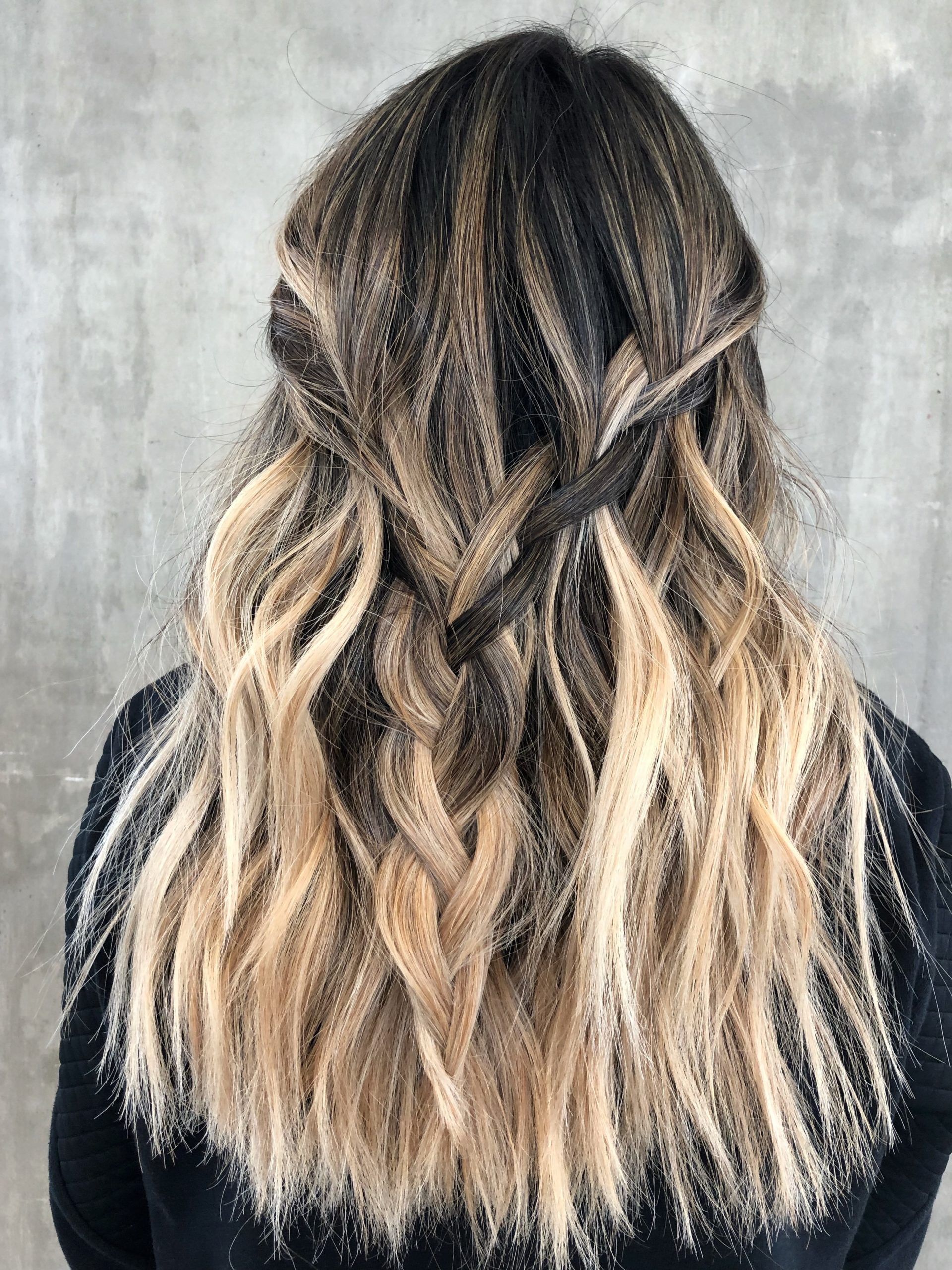 |
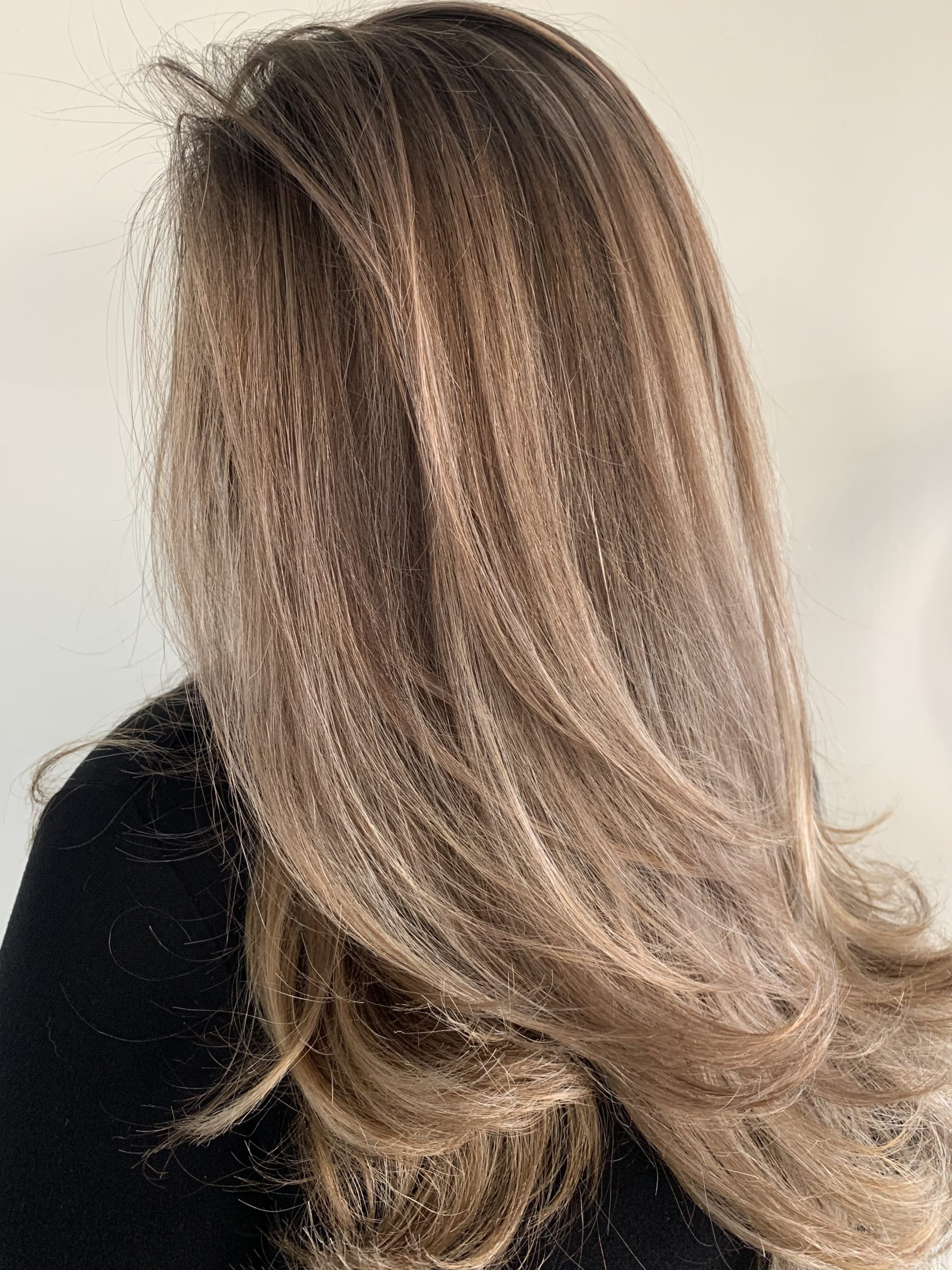 |
 |
| Sectioning |
|
|
|
| Application |
|
|
|
| Separation Tools |
|
|
|
| Final Result |
|
|
|
All of these hair painting techniques will give you a lived-in look that requires minimal maintenance, yet, each one requires a specific skill set and a deeper understanding of the intended outcomes. Before you can select the correct procedure for your client, let’s go into each technique a little further.
Free-Hand Hair Painting
Free-hand hair painting vs Balayage: Are they the same?
Free-hand hair painting is often referred to as Balayage, or vice versa. Balayage is in fact a method of free-hand hair painting, but the distinction between the two is in the application.
With classic free-hand painting, strategic pieces of hair are saturated through with colour or lightener for a pop of contrast. It is a more organic alternative to foils, since the product is placed while the hair is at its natural fall.
As seen in the images below, the colour or lightener can applied as:
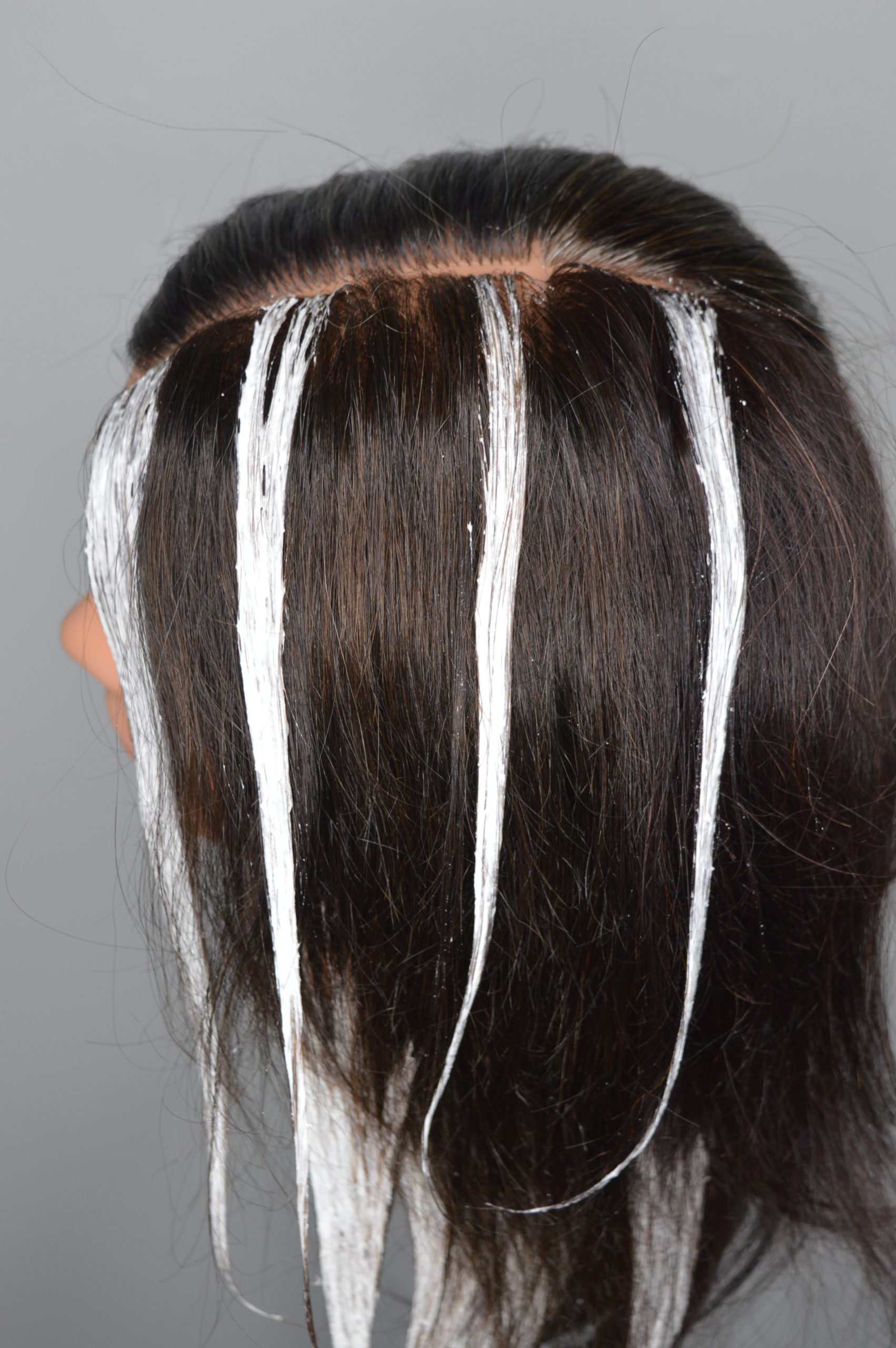 |
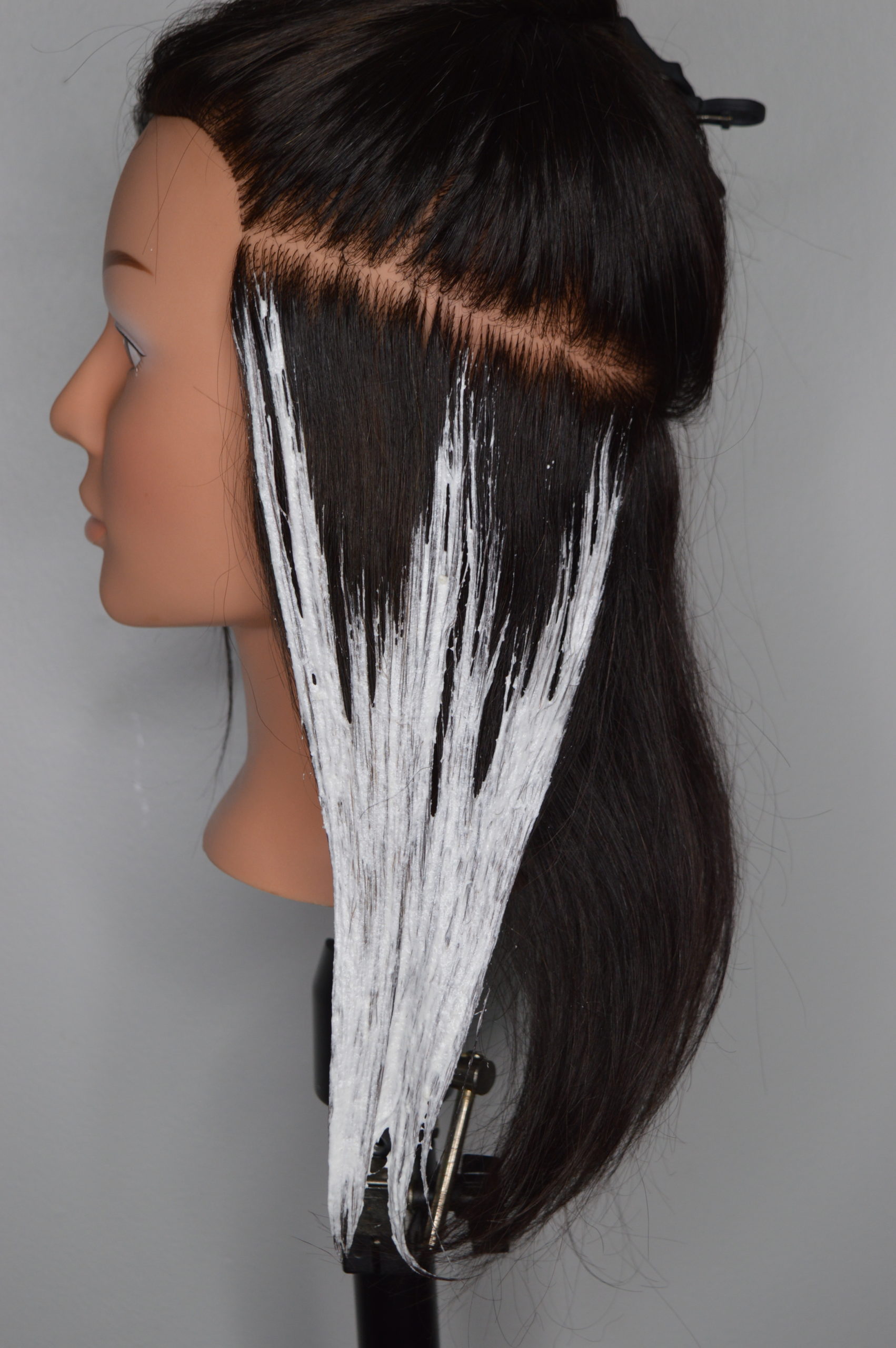 |
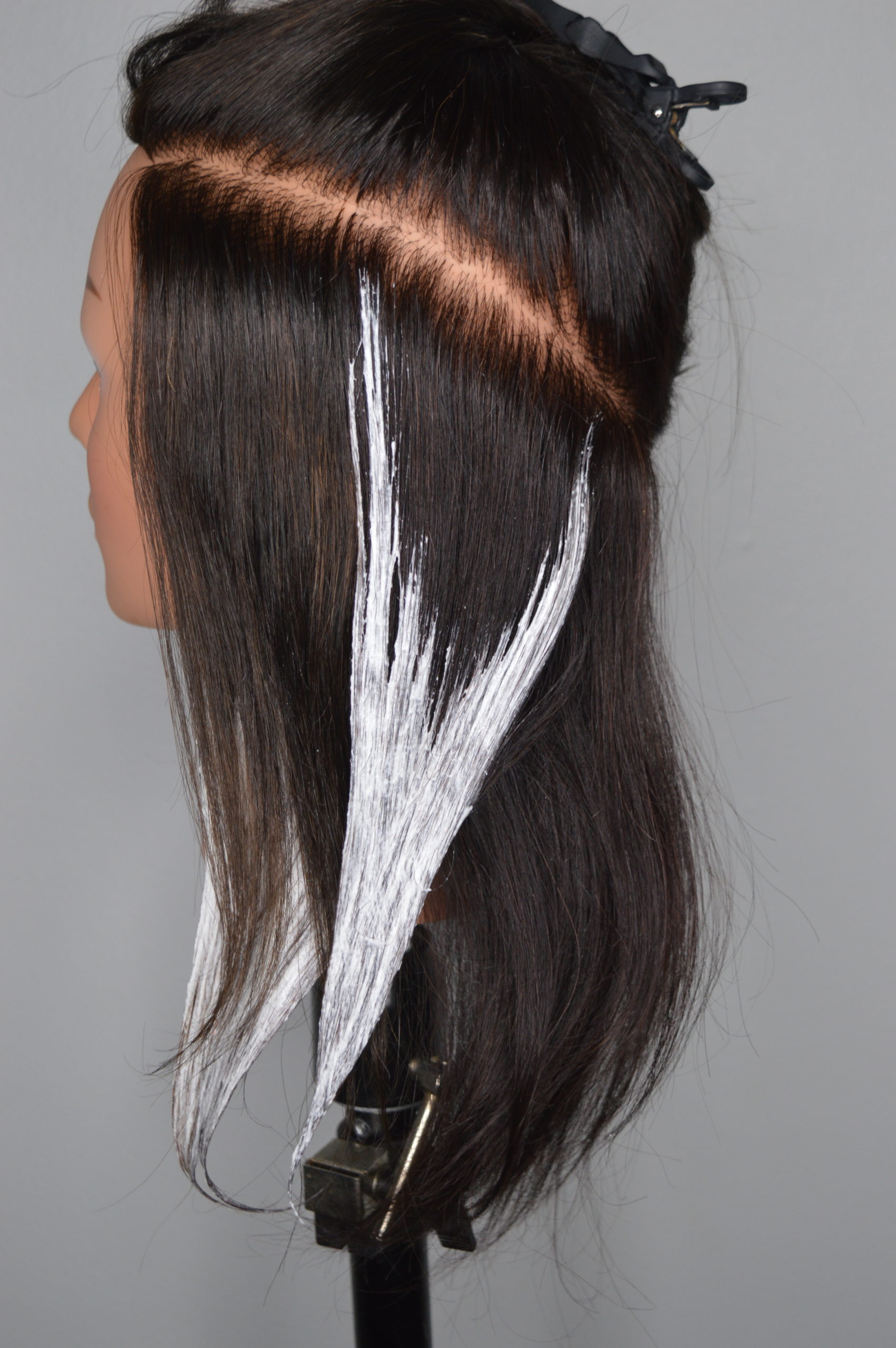 |
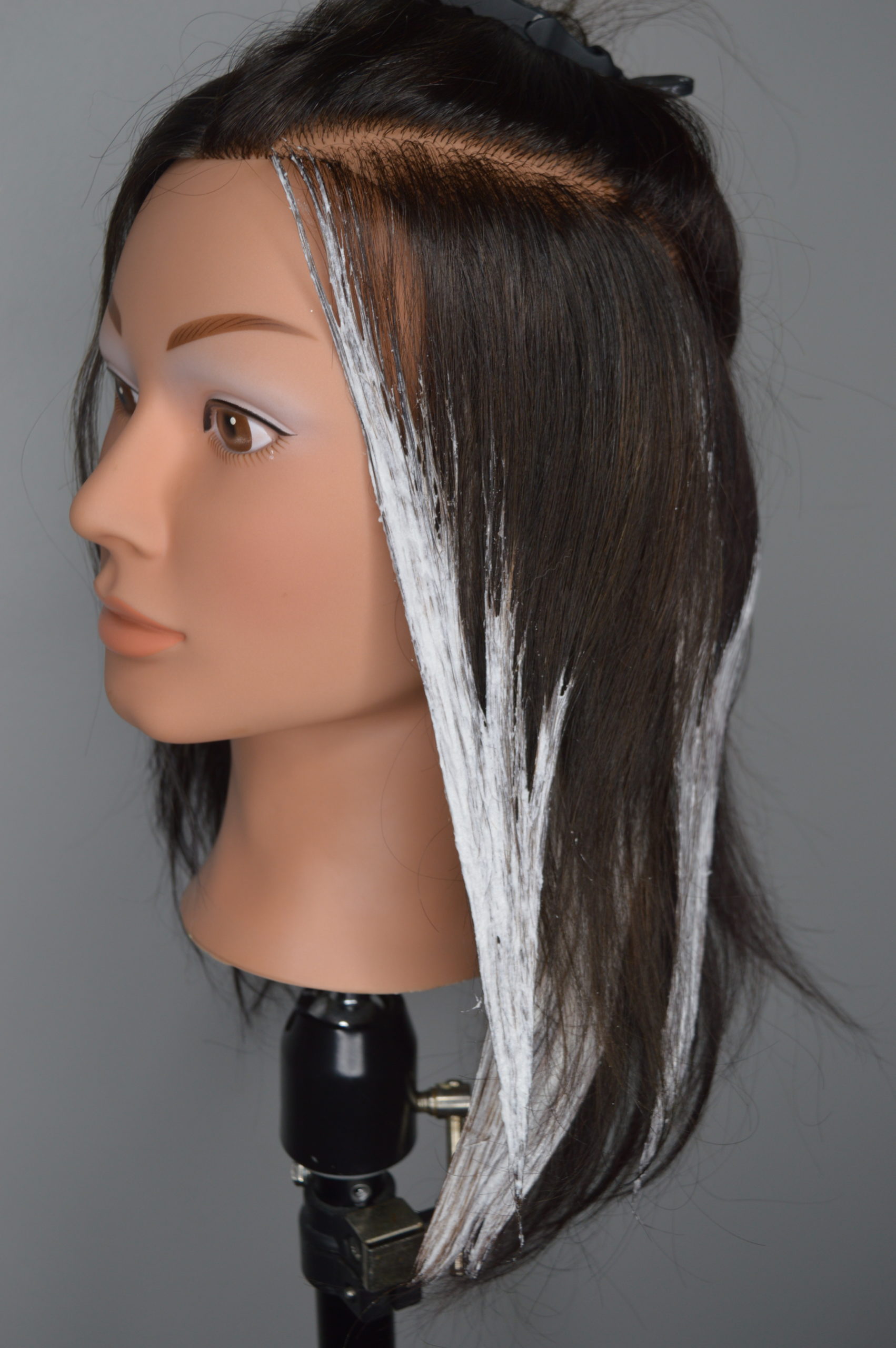
|
Balayage
With balayage, the colour or lightener is swept lightly over the surface of the section, with the saturation through the section focused more towards the ends (if desired), as seen below:
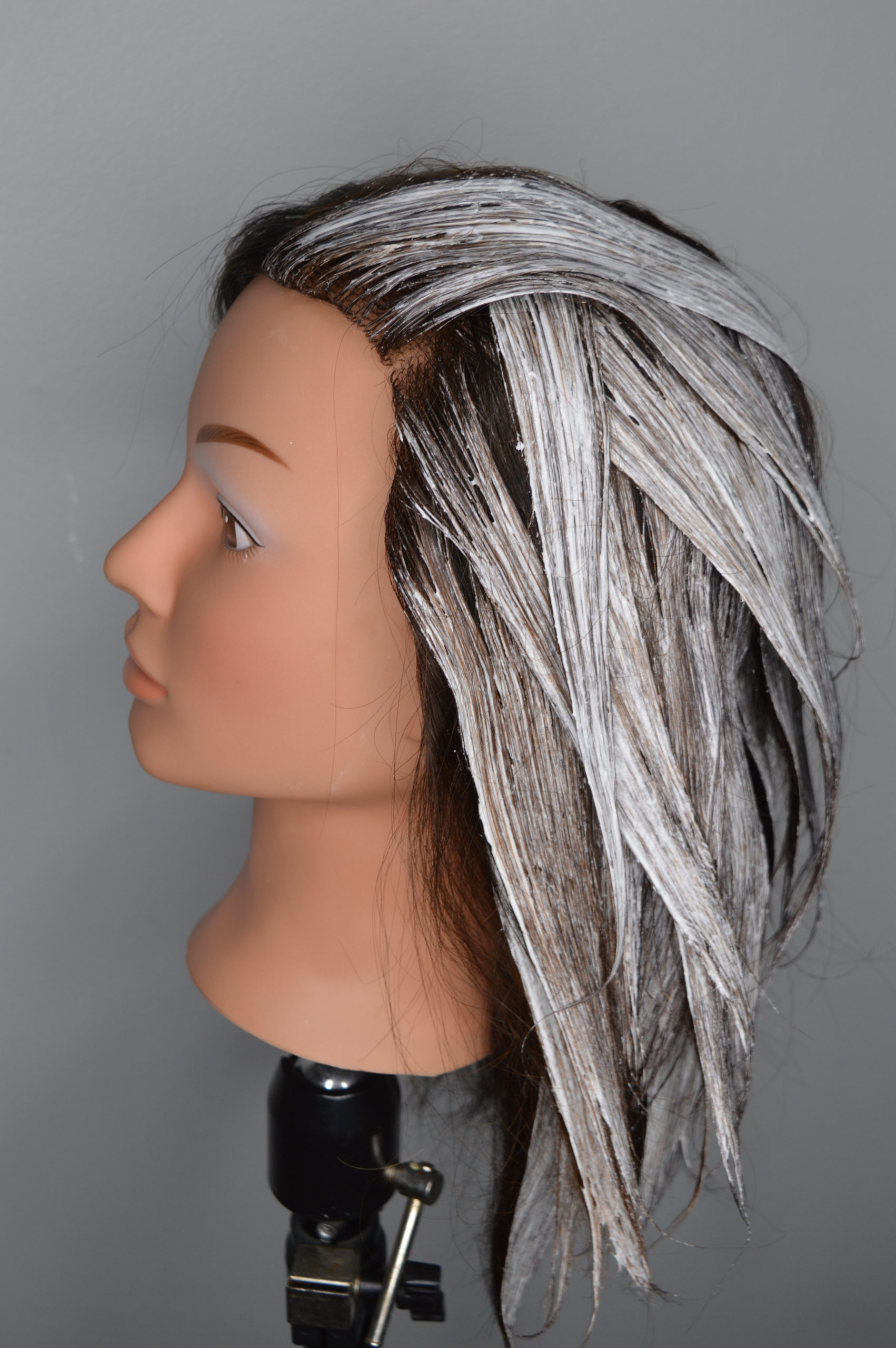
Balayage is literally translated as “to sweep,” so light brush pressure and surface-only saturation are key. Generally, this technique is processed in open-air for subtle lift and a more natural “sun-kissed” result.
The photo below illustrates how much depth is left underneath your lightly painted sections. This is what results in a natural, subtle result.
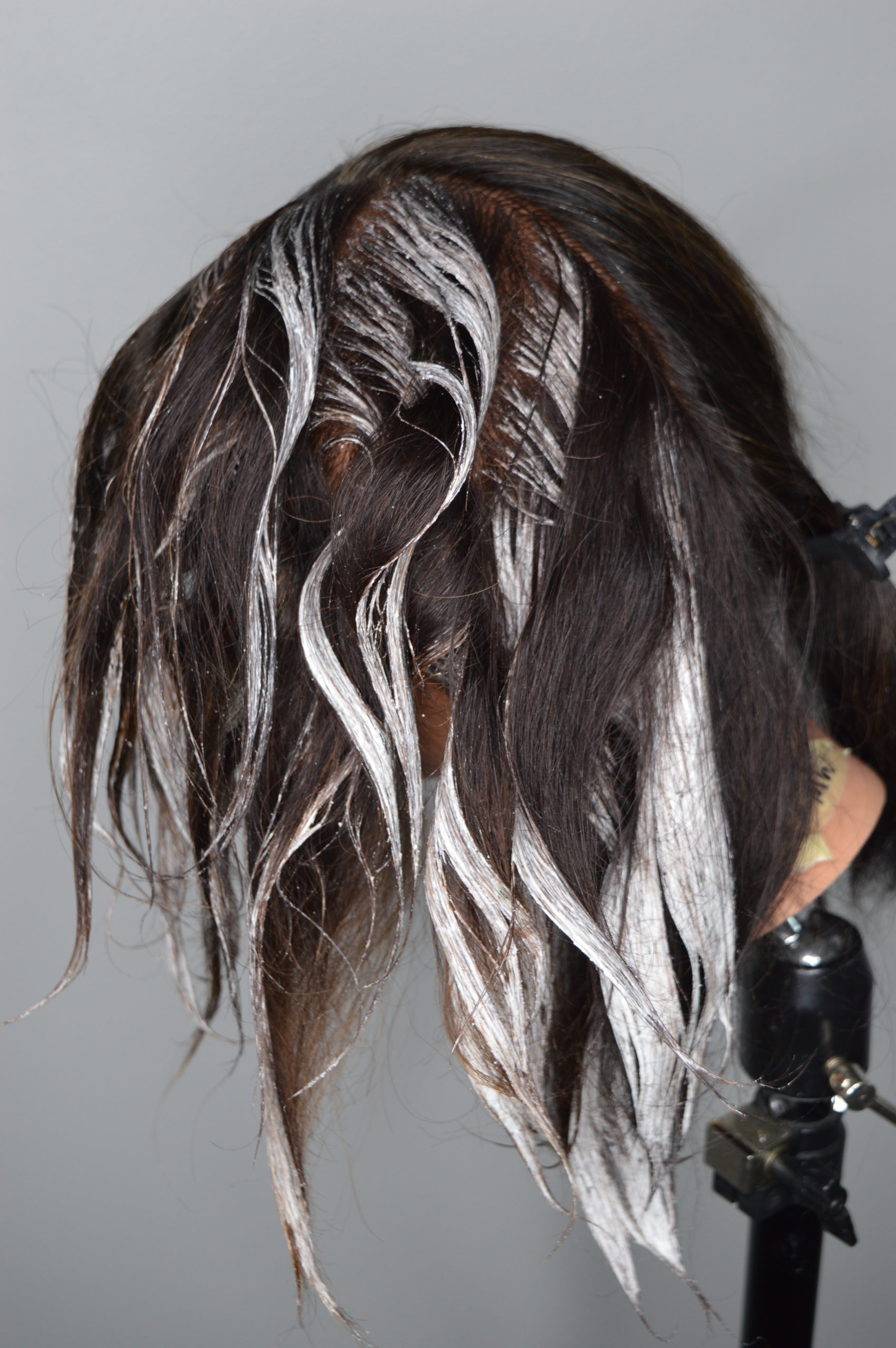
Ombré
Alternately, Ombré is a look of gradation of colour used in everything from home décor, to fashion, to nails.

When it comes to hair, ombré is not a technique of hair painting, as balayage is, but rather a look or result.
To achieve an ombré effect on hair, the colour or lightener is applied in more of a horizontal placement, with full saturation. Generally the regrowth area is darker and the ends are lighter, with a transition in the mid-strands.
This look can be achieved on virgin hair by blending progressing levels of different colour formulas down the hair strand, or on virgin or coloured hair using lightener to lift, and toners to achieve the blended transition.
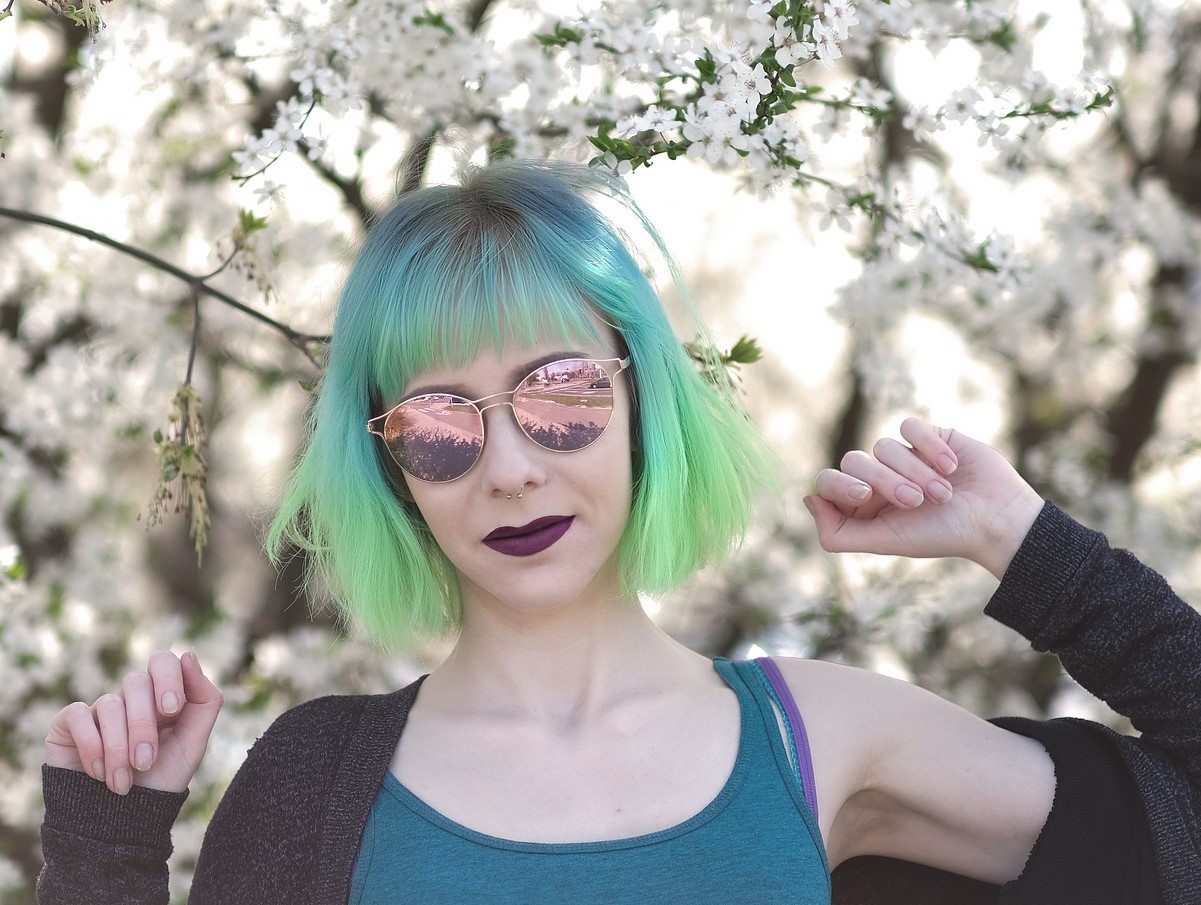
All three techniques can be used to achieve beautiful, low maintenance results. Next we will explore how to create a seamless blend in whichever method of hair painting you choose to use.
Media Attributions
-
“Woman with long hair” by Rachel is used with permission under the Adobe Stock Extended Licence. It may not be reproduced.
- “Blonde Painted Hair on Dark Hair” by Kylie is used with permission under the Adobe Stock Extended Licence. It may not be reproduced.
- “Beautiful ombré hair coloring on a girl with long hair, view from the back” by Oksy001 is used with permission under the Adobe Stock Extended Licence. It may not be reproduced.
- “Other Examples of Ombre” by A. Magtiza is under a CC BY 2.0 Licence. It includes the following images:
- Fabric image (Ombré) by Rosmarie Voegtli is under a CC BY 2.0 Licence.
- Ombré Portriat image on Piqsels is in the public domain.
- Ombré nails image (Degradê) by Lelê Breveglieri is under a CC BY 2.0 Licence.
- Ombré hair image (Green Hair) by xiclography is under the Pixabay licence.
- All of mannequins in this chapter are by A. Magtiza and are under a CC BY 4.0 Licence.
The amount of colour or lightener that is applied to a section of hair.

